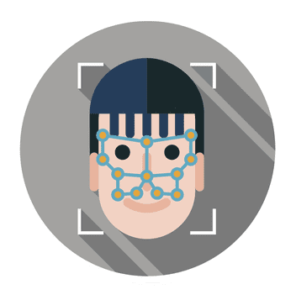“According to NEC, one-to-many facial identification technology is particularly well-suited to FinTech and digital identity applications, and can enable secure payments and public transportation.”

NEC has once again taken the top spot in the NIST’s ongoing Facial Recognition Vendor Test (FRVT). The company specifically placed first in the large-scale “1:N Identification” category, which measures a solution’s ability to match a new image to a mugshot in a larger database. In that regard, NEC’s algorithm was 99.78 percent accurate while comparing and matching still images of 12 million people. The algorithm could also match a current photo to an image that was more than 10 years old.
The company had previously posted a first-place score in the 2018 iteration of the NIST’s face recognition benchmark test. NEC would later become one of the first facial recognition providers to deliver a solution that could identify people wearing masks, which allowed the company to continue providing a high level of service in the midst of the COVID-19 pandemic.
According to NEC, one-to-many facial identification technology is particularly well-suited to FinTech and digital identity applications, and can enable secure payments and public transportation. The company plans to exploit its facial recognition technology through its Bio-IDiom biometric identification offering, and through the NEC the WISE AI platform. The latter includes video analytic tools that become more reliable with facial recognition tech.
This is the second time that NEC has bested the competition in an independent facial recognition evaluation in 2021. The company’s algorithm was the most accurate solution in the masked category in the Department of Homeland Security’s Biometric Technology Rally earlier this year.
In the meantime, NEC has been pushing Bio-IDiom as a passenger screening solution for airports that want to make their operations safer and more efficient in the wake of COVID-19. The technology has already been integrated into the Face Express solution, which has in turn been trialed at Narita and Haneda international airports in Tokyo, Japan.
–
August 24, 2021 – by Eric Weiss







Follow Us